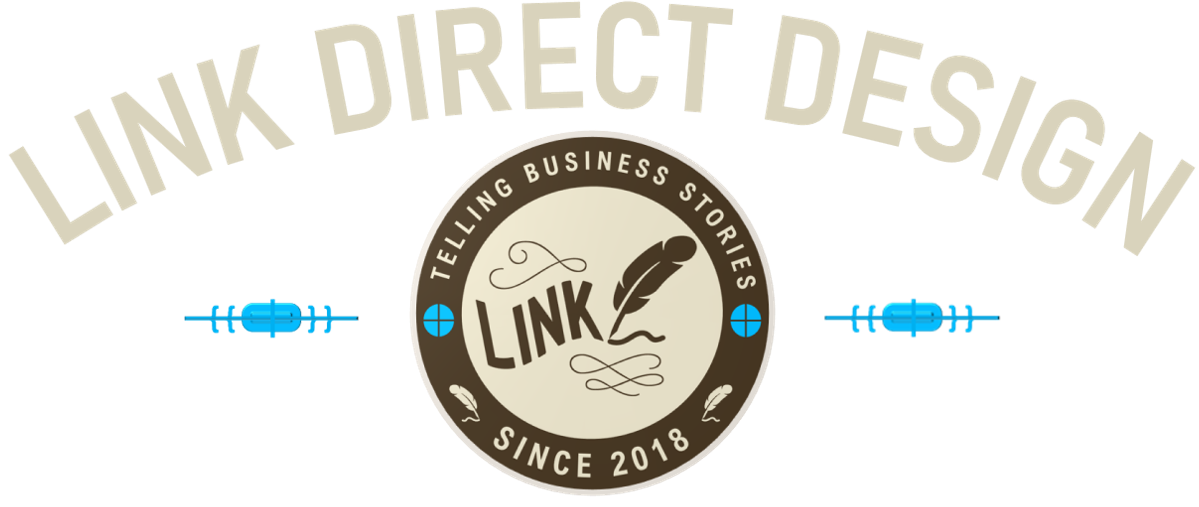Communicate from the Buyer's Perspective
It is so easy to get wrapped up in promoting our small businesses that our efforts can begin to sound like too many other small businesses. And often, that can be a little on the bragging side. In marketing, it is known as “puffery.” You are familiar with the types of promotion this includes, although you may not be consciously aware of how it turns you, and others, “off.”
Library of Congress.
“The best source in the region for supplies, equipment, consultation, refinishing and more.”
“With customer relationships second to none …”
“For all your business needs.”
“The leader of the industry.”
“Heads above our competition.”
“Our people make all the difference.”
Most people do not believe these statements. They see them for what they are - self-focused rather than customer-focused.
The problem with puffery is that once detected, nothing else communicated afterward is taken as full truth. So, businesses talking about themselves rather than showing their value are misfiring twice. If you find evidence of this type of communication on your platforms and printed material, perhaps now would be a good time to begin weeding it out.
What do you replace puffery and braggadocio with? Statements of value from the customer or prospect’s point of view. People you are selling to do not care what you think of yourself. They care about how you interact with them, what value you bring to the table, what your level of subject-matter expertise is, and how you can resolve a problem, stop a business pain point or make their job easier or more pleasant. The better way to do that is through showing, not telling.
It is easy, once you adjust your perspective to that of those you hope to sell to. All your corporate communications should just be related to or focused on the buyer’s best interests. If you want to demonstrate your skills, provide instruction that shows your experience. If you want to show you have great customer relations, provide testimonials with photos and full names of people in your business market area. If you want to show that you have many products and services, tell stories about them (rather than being so assumptive as to believe you could supply all the needs of a particular customer). If you want to communicate that you are a leader in your industry, provide the types of education and information and customer policies that demonstrate what that means.
However, if you want to communicate that you exaggerate the truth and that you focus on yourself, say that you are “the best source in the region.”
If you would like assistance writing content for your communications that includes the essential element of humility, we may be able to help you here.

